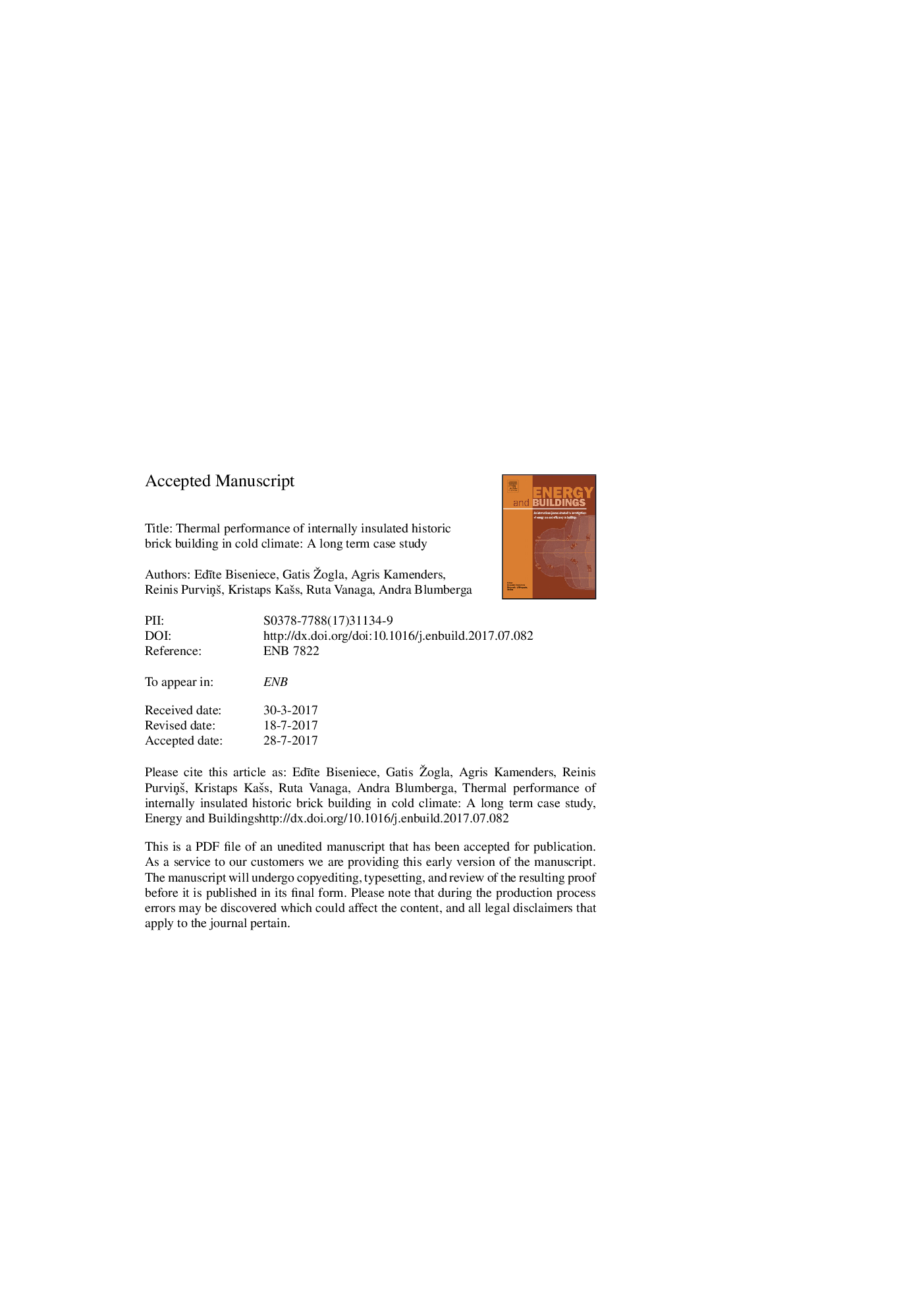ترجمه فارسی عنوان مقاله
عملکرد حرارتی ساختمان آجری تاریخی عایق بندی شده در آب و هوای سرد: مطالعه موردی طولانی مدت
عنوان انگلیسی
Thermal performance of internally insulated historic brick building in cold climate: A long term case study
| کد مقاله | سال انتشار | تعداد صفحات مقاله انگلیسی |
|---|---|---|
| 149886 | 2017 | 25 صفحه PDF |
منبع

Publisher : Elsevier - Science Direct (الزویر - ساینس دایرکت)
Journal : Energy and Buildings, Volume 152, 1 October 2017, Pages 577-586

